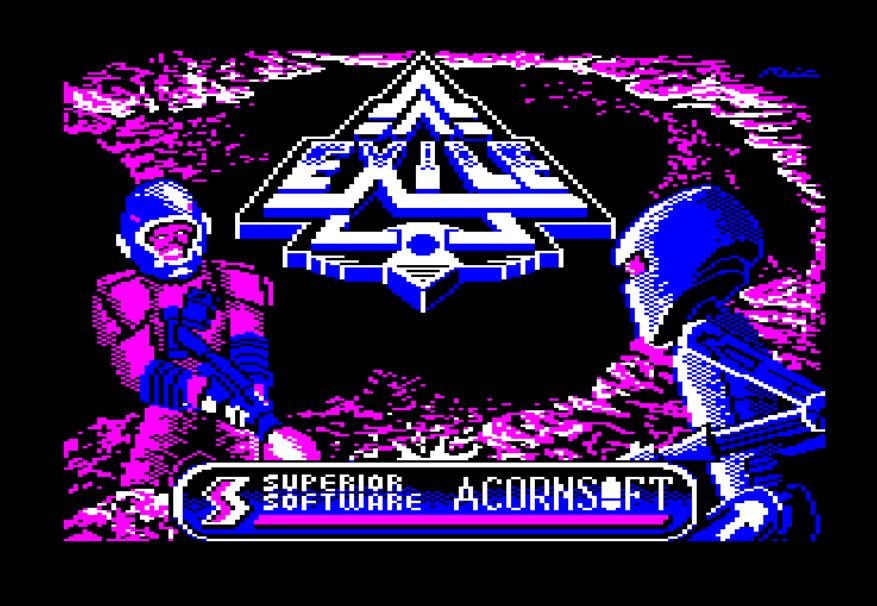
Hello! Welcome back to the last entry in Captain’s Log, a mini-series on the things we love about space – and how video games so brilliantly engage with it. You can read all of our pieces in the series in one place as they go live, here at the Captain’s Log archive. Enjoy!
I didn’t know what a Metroidvania game was when I played Exile in the eighties – probably because the term didn’t exist yet. I also didn’t appreciate how pioneering this BBC Micro game was. Realistic gravity and inertia; a procedurally-generated map; non-linear gameplay; advanced AI, and a coherent world to explore – this game had the lot, and bags of atmosphere, too. “We knew and intended to create something novel,” says one-half of the creative team behind the Superior Software game, Peter Irvin. “But didn’t know how much anyone else would like it. We wanted to play it ourselves, and it was always fun play-testing – a good sign.” While the story of Exile ended in tragedy in 1992, it remains one of the eighties’ greatest and most innovative games.
By 1988, the 8-bit market was beginning to shrink. Arcade conversions and budget games dominated, and original products were becoming rare. “It was still a reasonably strong market,” says Superior Software boss Richard Hanson, “but it was starting to show some signs that it may have passed its peak.” This failed to deter Irvin and his colleague, Jeremy Smith.




